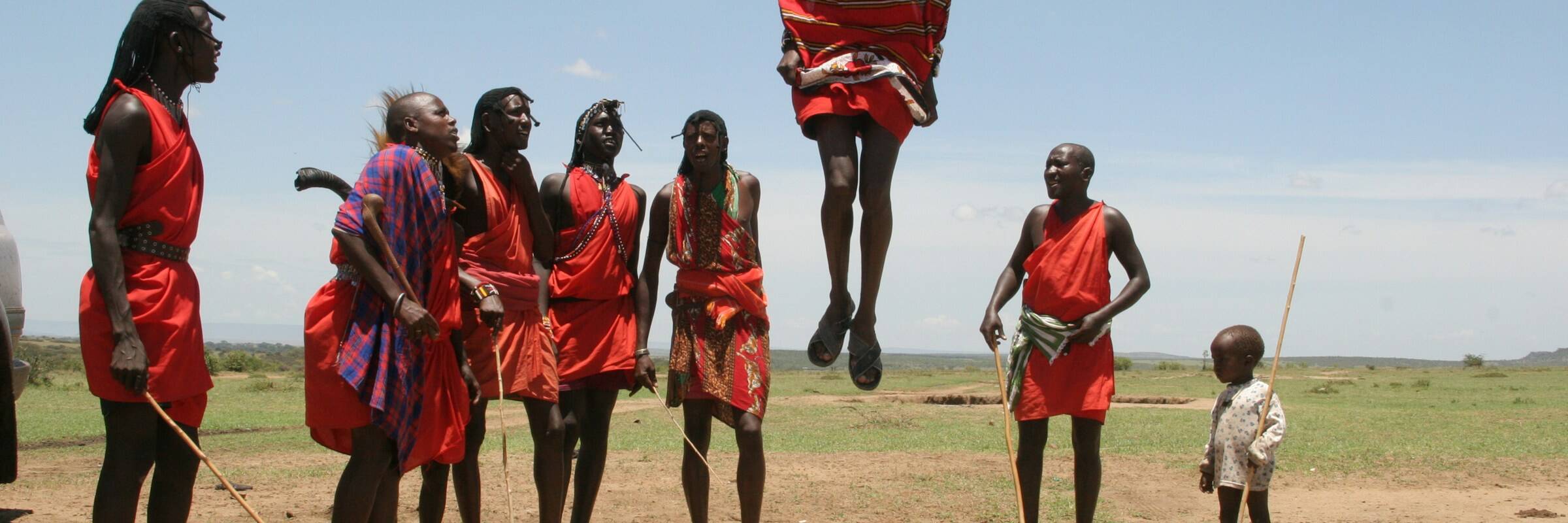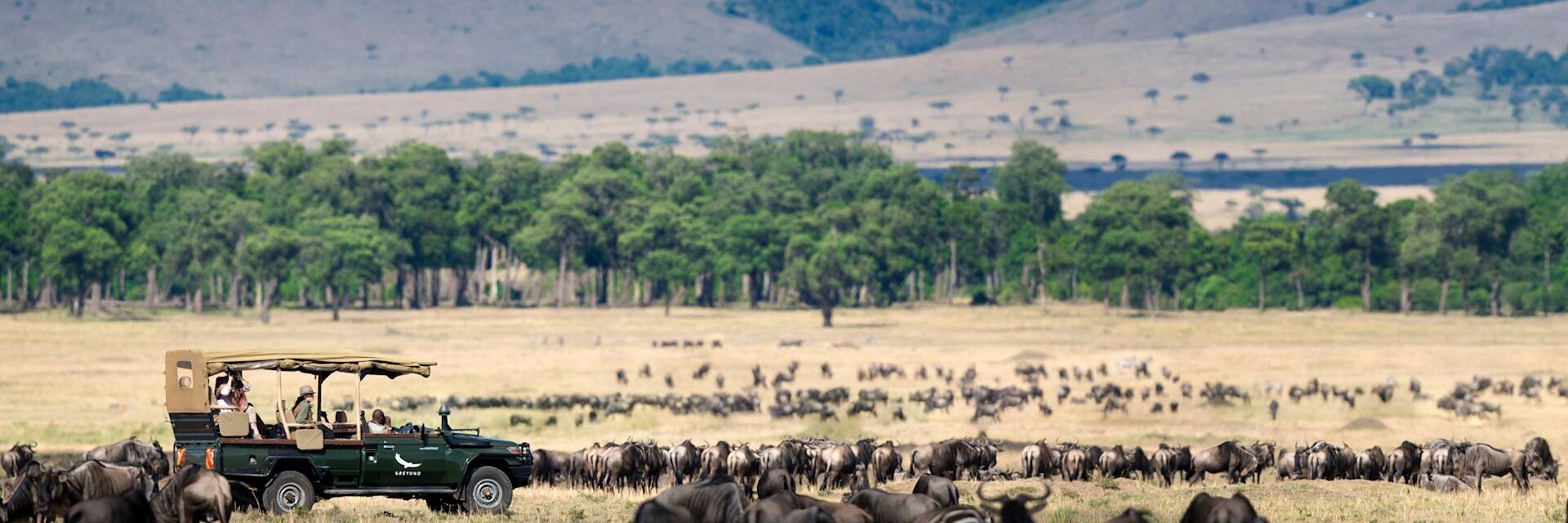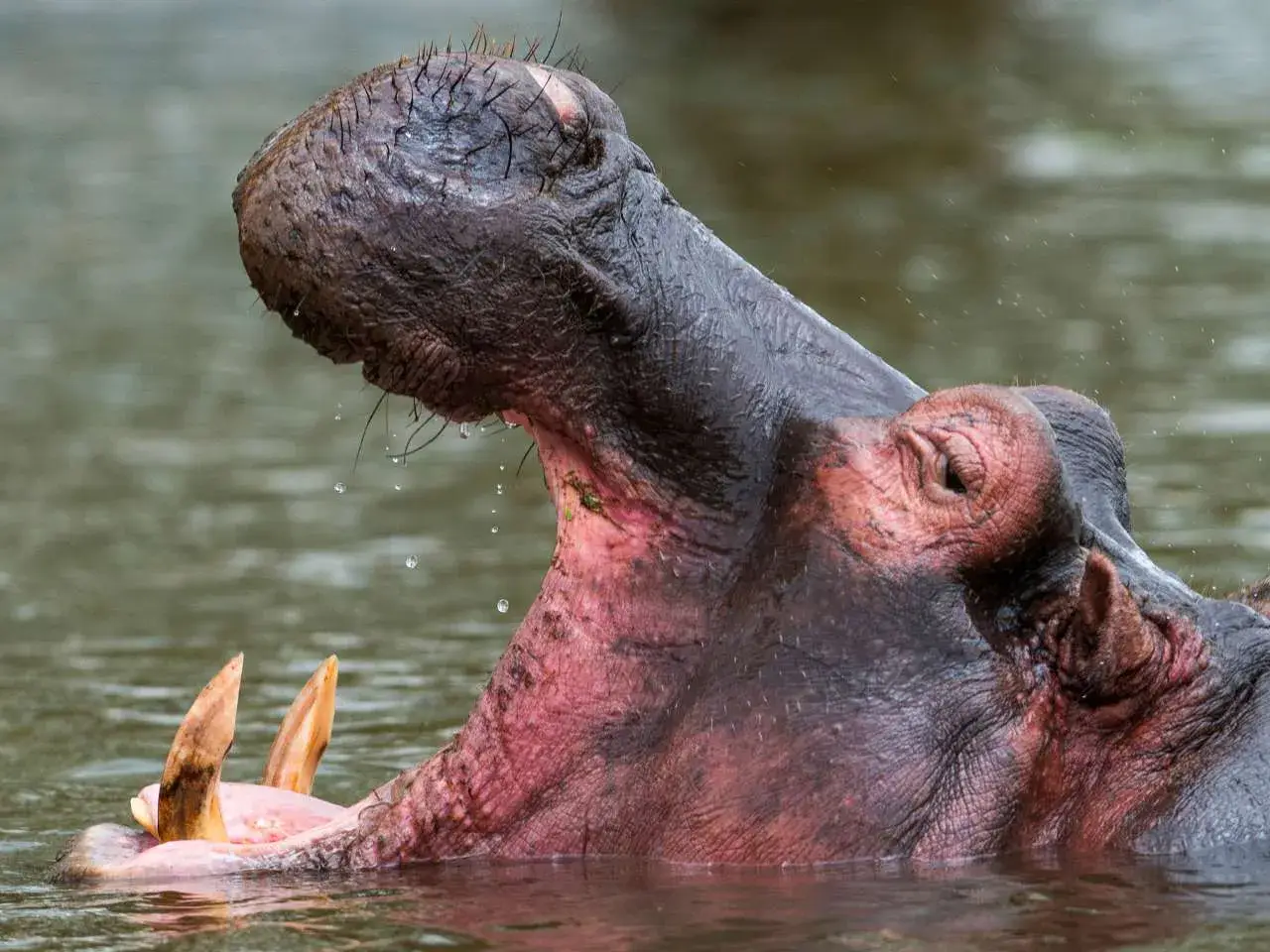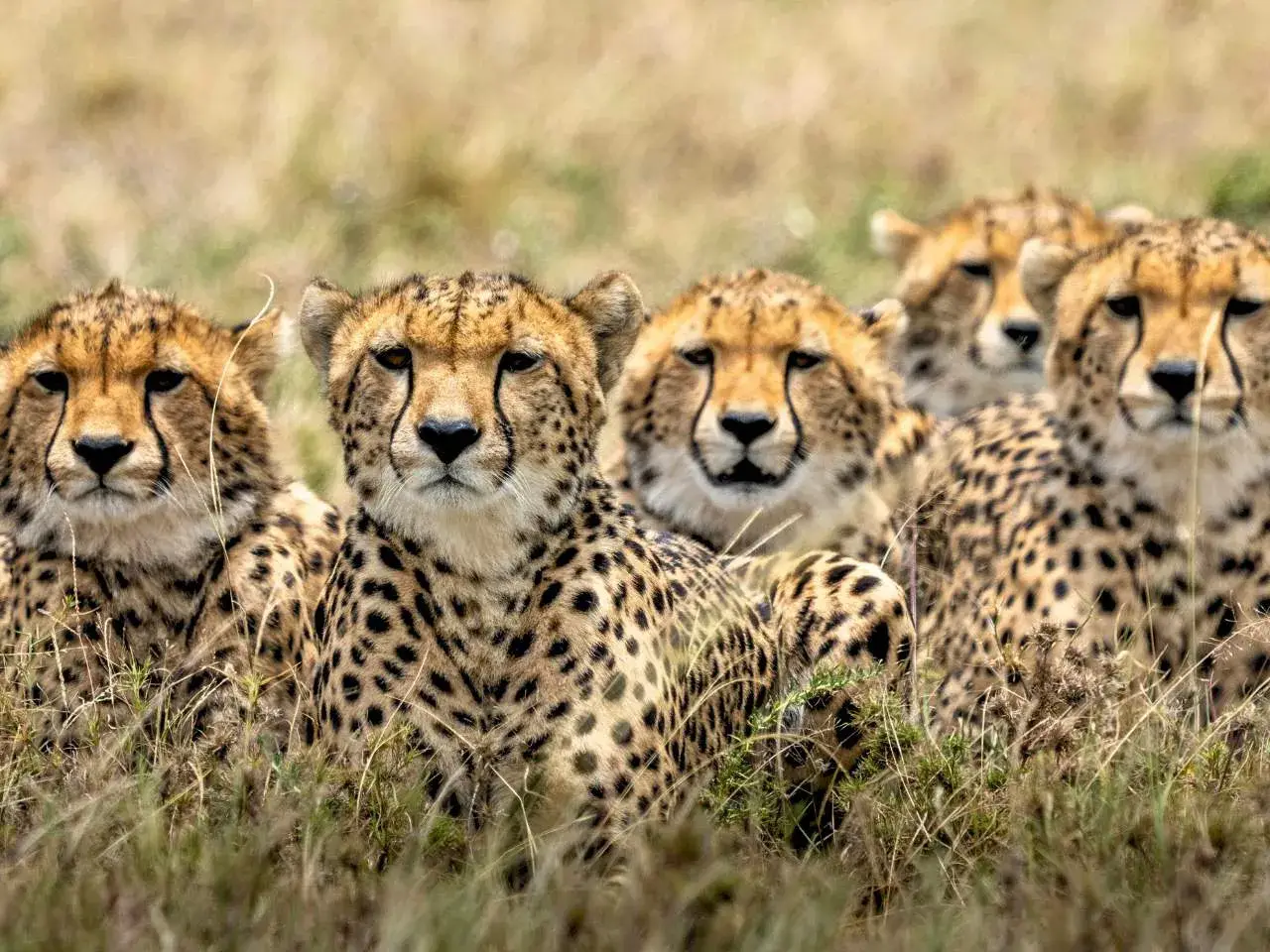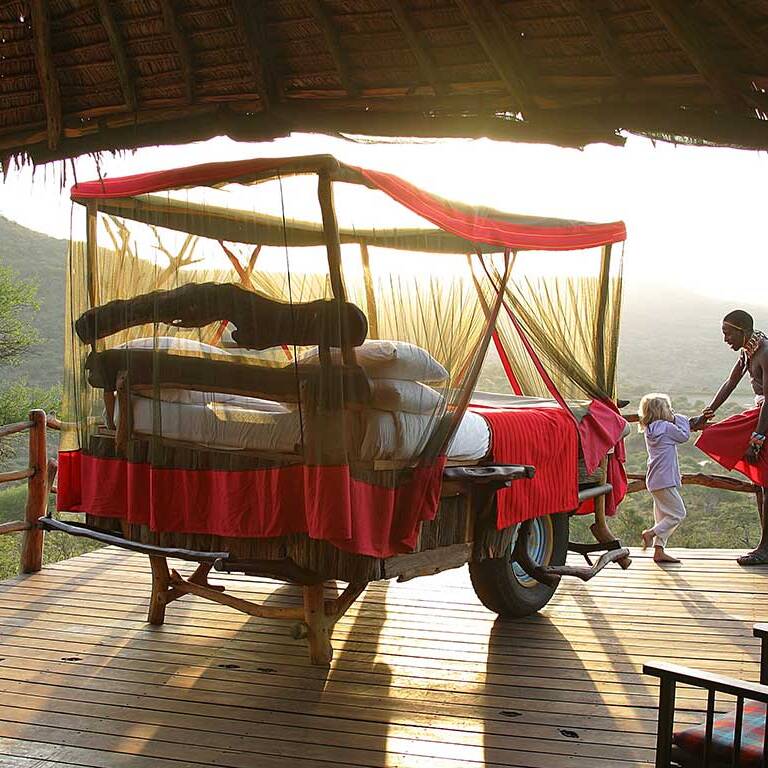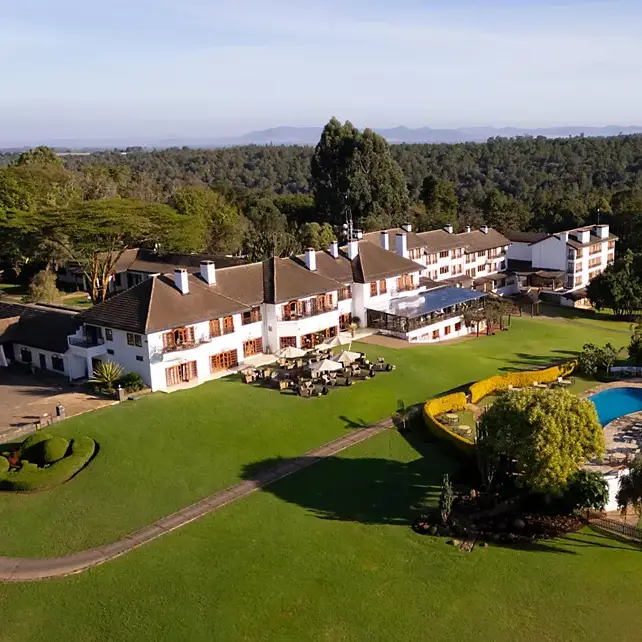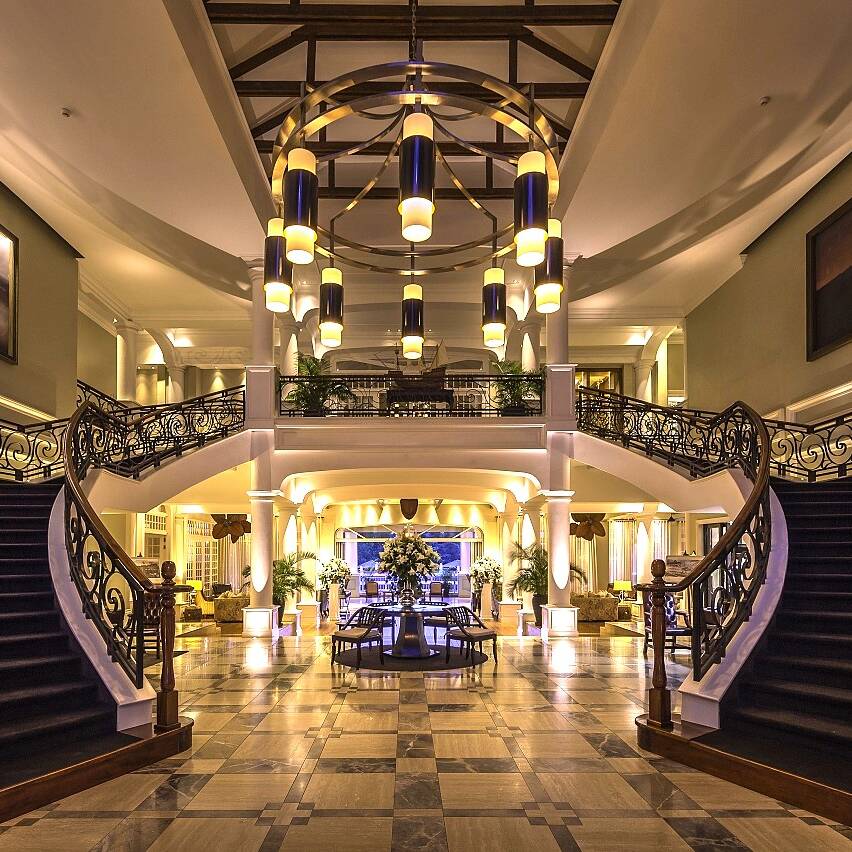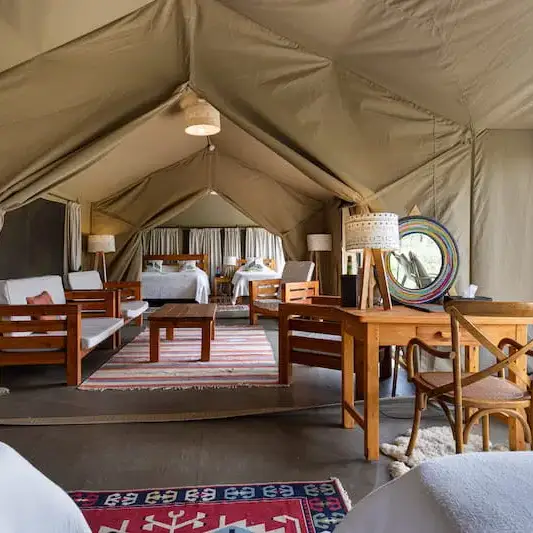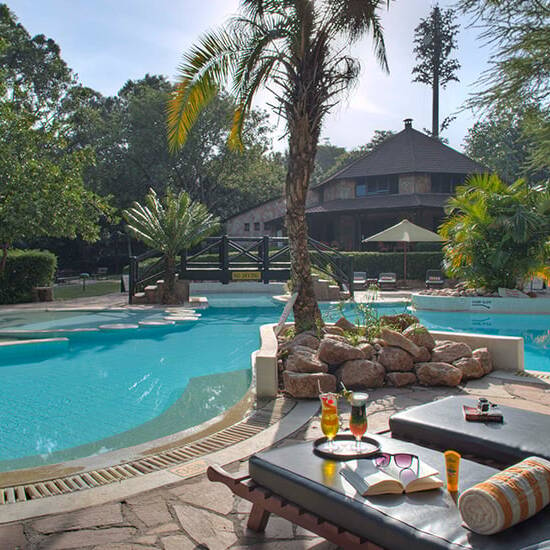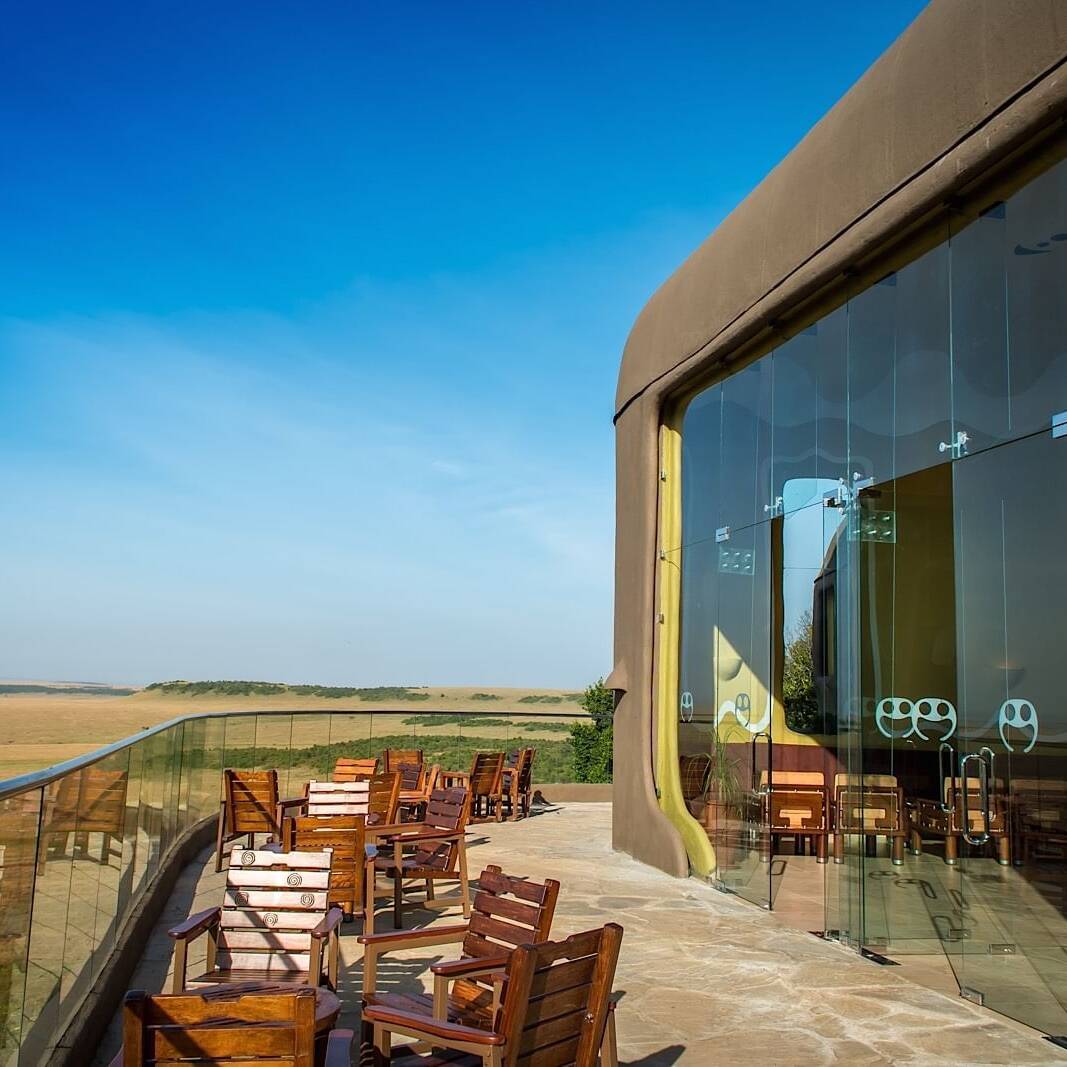The Maasai Mara is Kenya’s most iconic wildlife reserve. The Mara - as it is colloquially known - was established as a wildlife sanctuary in 1961 and spans over 1,500 square kilometers encompassing open grasslands, winding rivers, and signature acacia trees scattered across the plains. It is named after the Maasai people who have lived here for ages.
The Maasai Mara draws global attention for the Great Migration, an annual phenomenon where large herds of wildebeest and zebra make an annual round trip from the Serengeti National Park in Tanzania to the Maasai Mara Game Reserve in Kenya between July and October. The ensuing spectacle — a fight to stay alive for both prey and predator — has been dubbed the 8th wonder of the world. Yet, the reserve’s appeal extends beyond this event. The Maasai Mara is a dynamic setting where longstanding Maasai traditions continue to coexist with some of Africa’s densest predator populations.
Game Drives
Whether you’re new to safari or a seasoned traveler, Maasai Mara consistently delivers when it comes to wildlife encounters. Picture lions resting atop termite mounds, leopards draped across fig tree branches, herds of elephants moving in coordinated groups, and giraffes tracing the horizon. Game drives are scheduled to maximize sightings—typically at sunrise or late afternoon—with expert Maasai guides whose tracking abilities are, quite frankly, unmatched in the industry.
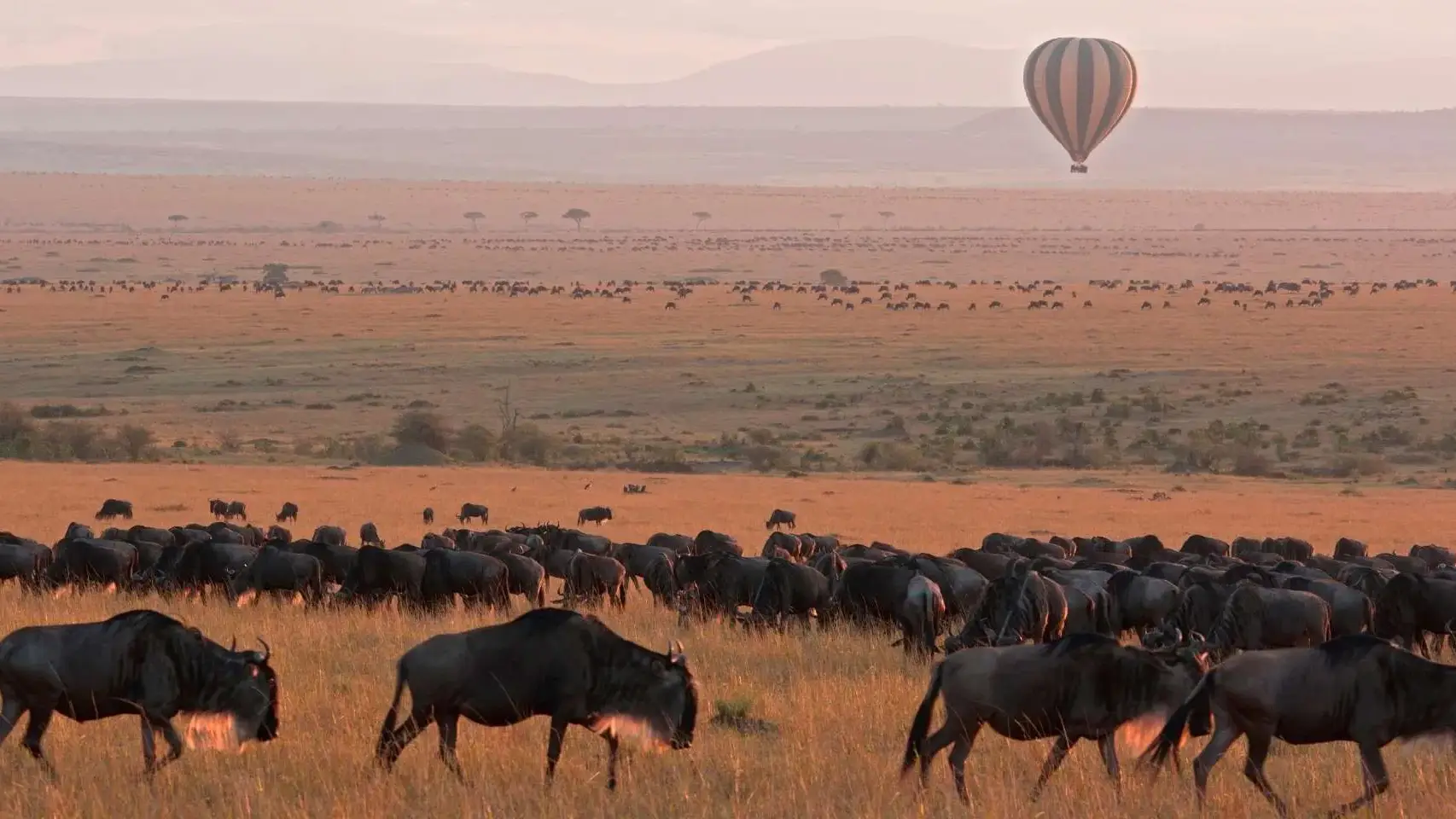
The Great Migration (July–October)
Each year, the Mara becomes center stage for over 1.5 million wildebeest, zebras, and gazelles migrating from Tanzania. The highlight: phenomenal crossings at the Mara River, where crocodiles await and every crossing is a high-stakes event. Even outside these peak months, the Mara remains teeming with both predators and prey, ensuring exceptional wildlife viewing year-round.
Cultural Visits
A visit to a Maasai manyatta offers valuable insight into the traditions of the Mara’s original custodians. Through beadwork, dance, livestock practices, and oral history, guests gain a genuine understanding of a culture deeply connected to the land. These visits are authentic experiences, showcasing living traditions passed down through generations.
Hot Air Balloon Safaris
For a truly elevated experience, consider a sunrise hot air balloon safari. As you float above the plains, panoramic views reveal herds of elephants, unique animal movement patterns, and occasionally a predator on the hunt. The experience concludes with a memorable champagne breakfast set right in the bush—an ideal way to start the day.
Walking Safaris & Bush Meals
In the neighboring conservancies, walking safaris provide an immersive, ground-level perspective. Accompanied by Maasai guides and security rangers, guests gain insights into animal tracking, local medicinal plants, and the interconnectedness of the ecosystem. Bush meals—whether a rustic breakfast or a candlelit dinner—transform dining into a unique and unforgettable experience.
The Mara is home to all of the “Big Five”—lion, leopard, elephant, buffalo, and rhino—though the elusive black rhino is most often seen in the Mara Triangle or private conservancies.Over 450 bird species have been recorded here, including secretary birds, kori bustards, and the rare shoebill stork.
The name “Mara” means “spotted” in Maa—the local language—referring to the flat plains dotted with trees and shadows.
Local Maasai warriors historically coexisted with lions, which they tracked, hunted (in earlier times), or guarded their cattle from—contributing deep ecological knowledge to today’s guiding.
Despite its popularity, less than 40% of the Greater Mara ecosystem is under the formal National Reserve. The rest lies in community conservancies, where some of the best experiences happen.
Plan your visit
Take the first step to plan your trip with us. Our team will take the rest.





